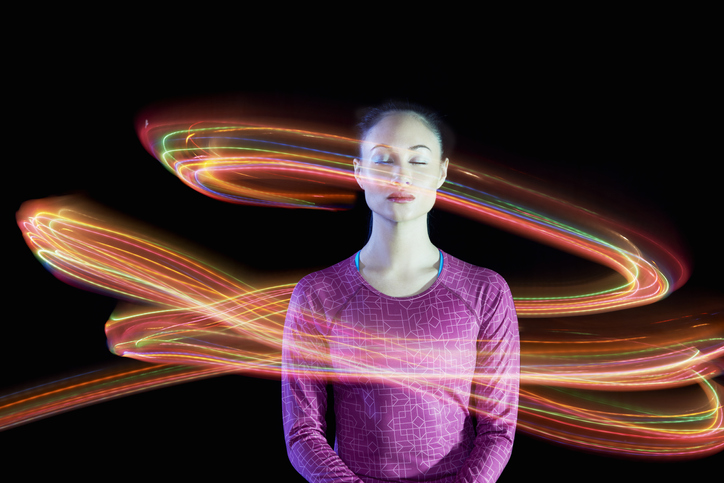 |
| Patients with impaired vision from glaucoma may develop CBS, which involves seeing hallucinations of things that the patient knows are not actually there. Photo: Getty Images. |
Charles Bonnet Syndrome (CBS) causes complex visual hallucinations and presents in individuals with vision loss or impairment. Rather than a cognitive or neurological disease, CBS is a result of the brain’s natural response to fill in for the images no longer being processed by the visual system, and the person is typically aware that these hallucinations are not real.
Glaucoma is the ocular disease responsible for causing irreversible vision loss in the highest number of people, subjecting this patient population to secondary conditions such as CBS. One study found CBS had a prevalence of 20% in a group of glaucoma patients who sought treatment for extensive vision loss. Despite previous research associating CBS with the loss of visual acuity (VA), the findings of this study reveal that CBS may also present in patients with glaucomatous visual field loss, even if VA is preserved.
The study included 337 patients (average age: 78) with any form of open-angle glaucoma (OAG) recruited from a hospital in Sweden. Patients were excluded if they had any neurological conditions that could lead to hallucinations or if they had advanced macular degeneration (AMD) or macular edema. More than half (56%) had ocular comorbidities, predominantly mild cataract and mild dry AMD, and most were older with more advanced glaucoma.
After excluding all other factors, 24 (7.1%) of glaucoma patients in the cohort were diagnosed with CBS and admitted to having complex visual hallucinations (e.g., seeing people, animals, flowers or patterns that aren’t there). Of these, 14 patients did and 10 did not have ocular comorbidity, demonstrating no significant difference between groups, which the researchers note suggests that the hallucinations transpired from glaucoma. Just one of the 24 patients determined to have CBS knew of the condition prior to participating in the study. Half of the individuals with CBS reported hearing difficulties, two reported a mild concussion of the brain and another two reported a former period of depression.
The researchers observed the following in the group of patients with CBS:
Over two-thirds (71%) of patients with CBS had at least one eye with a visual field index of 30% or less compared with 34% of patients without CBS.
More patients in the CBS group (52%) had at least one eye with a best-corrected VA (BCVA) below 0.3 compared with 23.3% of those without CBS.
The most frequent reason for visual impairment was glaucoma or a combination of glaucoma and cataract.
“We report that the likelihood of CBS increases with decreasing visual field function and visual acuity,” the researchers wrote. “Interestingly, about a third of the patients with glaucoma-associated CBS had relatively well-preserved VA (BCVA ≥0.5).”
“Out of 24 participants with CBS, only four (17%) had additional causes of visual impairment, e.g., cataract,” the researchers continued. “Together, these findings allow us to cautiously infer that the visual hallucinations were, indeed, caused by glaucoma.”
With a prevalence rate of over 7% observed in this study, CBS is not a rare finding in patients with OAG, the study authors concluded. Patients may also be hesitant to admit they are experiencing hallucinations, as the phenomenon is commonly associated with mental illness. The authors advise clinicians to become familiar with CBS and question glaucoma patients about the presence of associated signs and symptoms, as many are reluctant to bring them up on their own.
Peters D, Molander S, Lomo T, Singh A. Charles Bonnet Syndrome in patients with open-angle glaucoma - prevalence and correlation to visual field loss. Ophthalmology. October 12, 2021. [Epub ahead of print]. |

